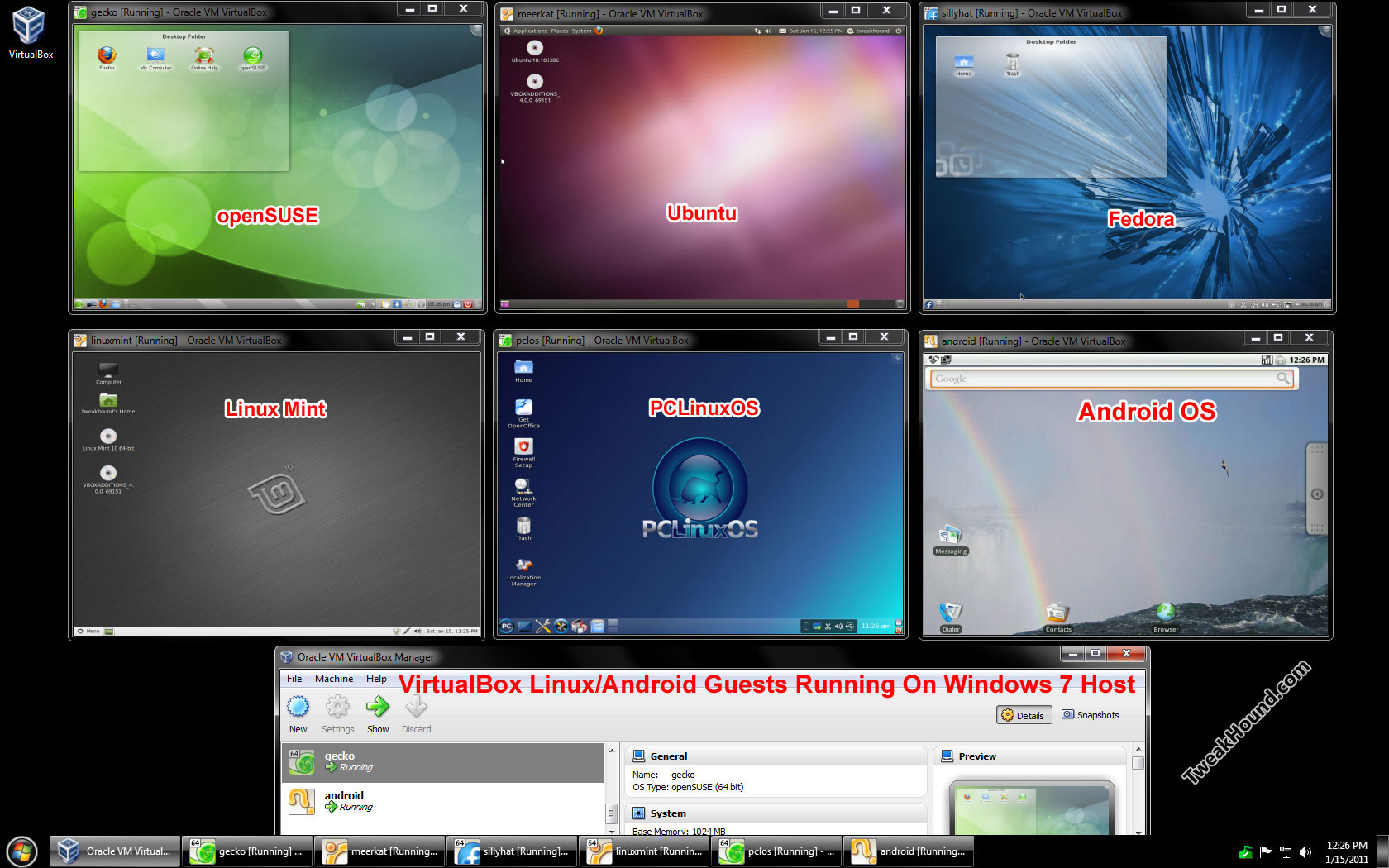
When setup is finished, Windows 10 will be running in VirtualBox. Go through the standard Windows 10 installation experience, this can take a little while but eventually you’ll create a user account, select a user name, and do some basic Windows configuration. In a moment or two you’ll be in the Windows 10 installer, select your language and click “Next.”. Since there is no drive or OS installed yet, you will be asked to choose a virtual optical disk, click on the Folder icon and choose the Windows 10 ISO, then click “Start.”. Back at the primary VirtualBox screen, choose “Start” to boot the new Windows 10 volume. Select to create a new virtual hard drive, then choose Continue again. Name the new virtual machine “Windows 10 VM” (or something equally obvious), select “Microsoft Windows” as the type and choose “Windows 10” as the version, then choose Continue. Open VirtualBox and click on the “New” button to build a new virtual machine. Open the disk image dmg file and double-click on the uninstall icon shown. Save the DMG file, which is needed to uninstall Virtual Box. After installation, you can find an Oracle VM VirtualBox icon in the “Applications” folder in the Finder. This will start the installer, which enables you to select where to install Oracle VM VirtualBox. A window opens, prompting you to double-click on the VirtualBox.pkg installer file dis-played in that window. Double-click on the DMG file, to mount the contents. Download VirtualBox installation DMG from, select OS X hosts. The primary objective of the thread is resolved.Installing VirtualBox 6 on MacOS Hosts. I spent a fair amount of effort searching for it. 
The documentation never specified that this software was not located on the Installer/Live CD, or where it could be found. Users shouldn't have to rely on search engines in lieu of documentation. I saw a specific filename listed in the documentation and believed that executable was compiled by the ReactOS project. I cannot assume that the VM host software knows how to interact with ReactOS, or how ReactOS may need to reach out to the VM using a toolset specifically compiled for ReactOS. That is precisely how I found those pages on ReactOS' website, one of which I cited, but the documentation didn't specify which CD image.

I do know how to use Google, Bing, DuckDuckGo, AltaVista, Infoseek, Yahoo, AskJeeves and I used two of those before posting the question. You may be very smug with your use google comment. I installed the file, VBoxWindowsAdditions-x86.exe and now have read, write and execute access to the shared folder I downloaded the ISO image from which reflects my current version of VirtualBox.

So this is found on an ISO provided by the VirtualBox team. I do appreciate the link, but keep in mind that years from now, people may find the link broken.







 0 kommentar(er)
0 kommentar(er)
